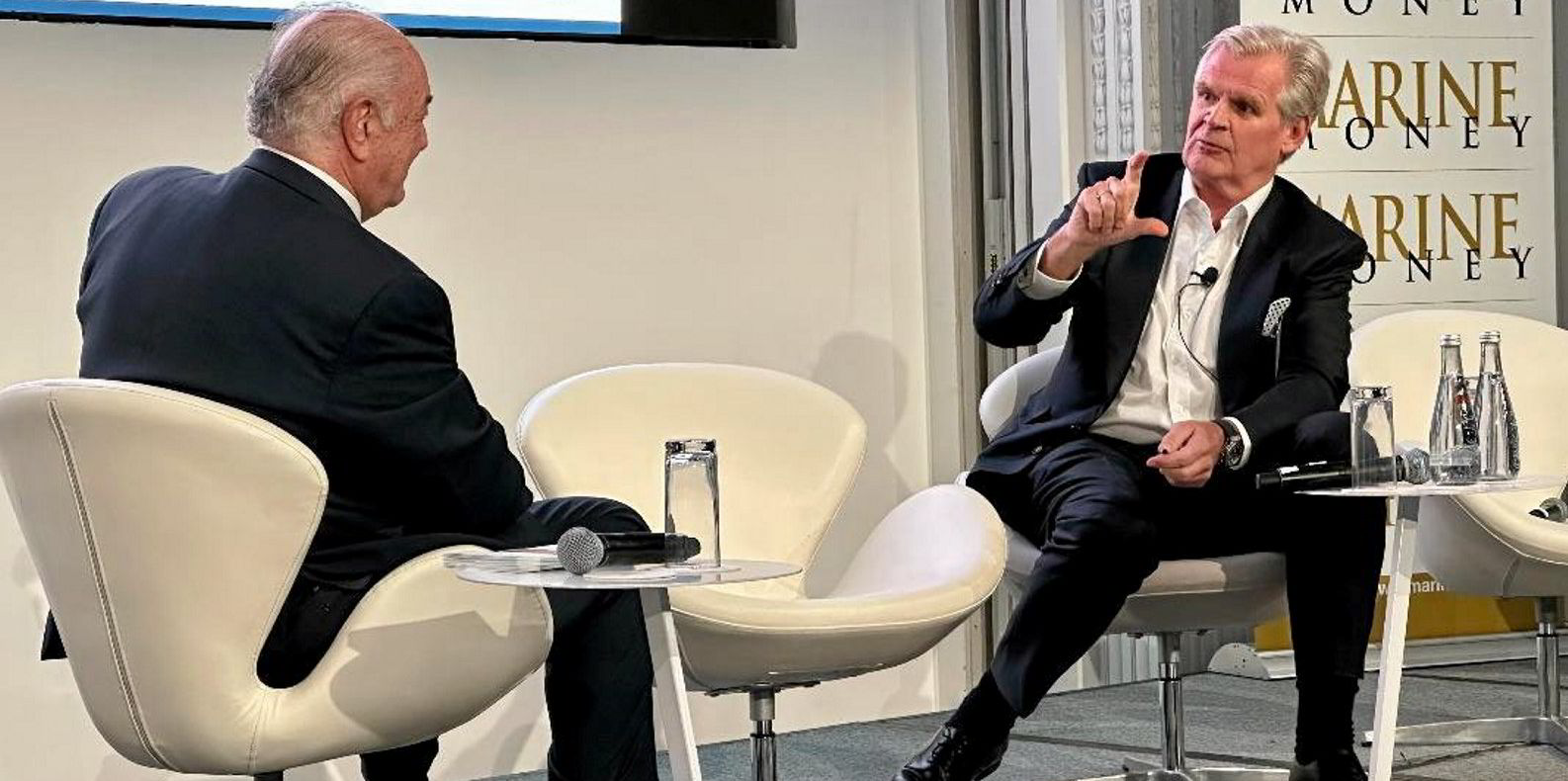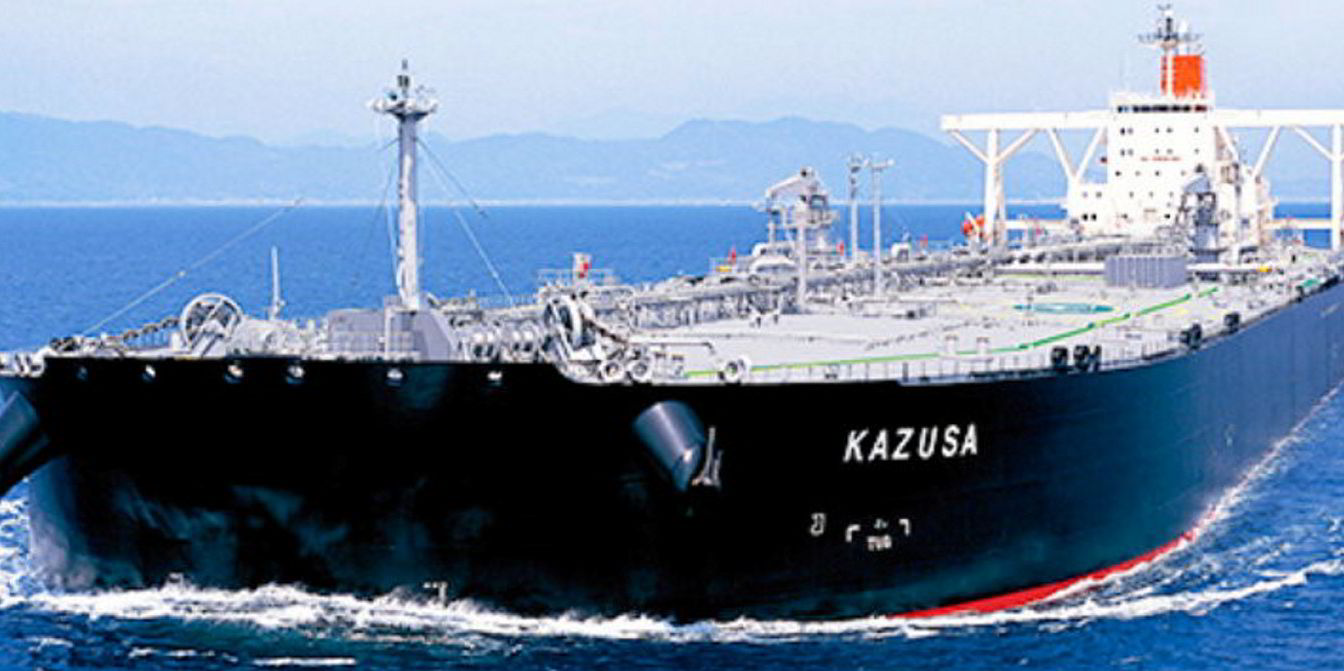China’s New Times Shipbuilding is being tipped to rake in up to six LNG dual-fuelled VLCCs from Tor Olav Troim’s Magni Partners.
Multiple shipbuilding sources said the London-based company will ink two firm newbuildings with the privately owned shipyard imminently. The deal includes options for two sets of two additional vessels.
News of Troim staging a comeback in VLCCs after a 15-year break with a newbuilding order emerged in June at the annual Marine Money Week conference in New York.
At that conference, the shipowner said Magni Partners would order a pair of dual-fuel VLCCs, which will be able to run on LNG and conventional bunkers, for delivery in 2026 and 2027 at an unnamed shipyard.
An official at New Times told TradeWinds that his company is finalising an order for dual-fuel VLCC newbuildings with a European owner but he declined to reveal the buyer’s name, citing contract confidentiality.
If the order is confirmed, the contract will be the shipyard’s first LNG dual-fuel VLCC deal.
New Times is a leading shipyard in China and has built a track record in large bulkers, and aframax and suezmax tankers.
It has so far delivered two VLCCs — the 300,000-dwt Boston (built 2012) and Dalian (built 2013) — to Dynacom Tankers Management.
The yard has delivered LNG dual-fuel newcastlemax bulk carriers and LR2 tankers to Eastern Pacific Shipping and five LNG-fuelled 208,000-dwt bulkers to Troim’s Himalaya Shipping.
Dynacom recently contracted New Times to construct four conventionally fuelled and scrubber-fitted VLCCs to be delivered between the end of 2026 and the first quarter of 2027. The Greek company was reported to be paying $115m per ship.
Newbuilding price
Newbuilding players are expecting Magni Partners to pay between $135m and $138m apiece for the LNG dual-fuel tanker newbuildings.
“An additional [cost] of around $20m per ship if the VLCC is to run on LNG and conventional bunker,” said one shipbuilding expert.
Clarksons’ Shipping Intelligence Network shows the current orderbook for VLCC newbuildings stands at 18 but 10 are LNG dual-fuelled while the existing VLCC fleet numbers 903 of which only 15 can run on LNG and conventional marine fuel.
“Shipping owners that opted for LNG dual-fuelled vessels probably have charter contracts or potential charterers lined up for the ships,” said the shipbuilding expert. “If companies are making speculative orders, they are more likely to opt for conventional marine fuel vessels due to the additional cost for the newbuildings.”





